The Indian Rebellion of 1857, also known as the Sepoy Mutiny, First War of Independence, or Great Revolt, was a major uprising against British rule in India. While it began as a mutiny of sepoys (Indian soldiers) in the British East India Company’s army, it quickly spread and encompassed broader sections of Indian society, including peasants, artisans, and disgruntled rulers. The rebellion, though ultimately suppressed, had a profound impact on the nature of British rule in India and played a crucial role in the rise of Indian nationalism.
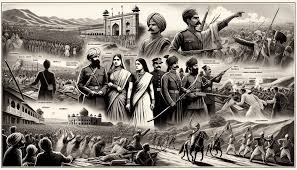
Causes of the Rebellion:
The Rebellion of 1857 was a culmination of long-standing grievances and resentments against British rule. Several factors contributed to its outbreak:
- Political Grievances: British expansionist policies, annexation of Indian states (like Awadh), and the doctrine of lapse (annexing states without a male heir) caused resentment among Indian rulers and elites. The decline of Mughal authority and the perceived humiliation of the Mughal Emperor Bahadur Shah Zafar further fueled discontent.
- Economic Exploitation: British economic policies, including heavy taxation, the decline of Indian handicrafts due to competition from British manufactured goods, and the impoverishment of peasants, caused widespread economic distress and resentment.
- Social and Religious Anxieties: British social reforms, perceived as interference in Indian customs and traditions (e.g., abolition of Sati, promotion of widow remarriage), and the activities of Christian missionaries caused anxieties among sections of Indian society who feared cultural and religious disruption.
- Military Grievances: Sepoys in the East India Company’s army faced discrimination in pay and promotions compared to British soldiers. They were also increasingly resentful of social and religious insensitivity from British officers (e.g., restrictions on wearing religious symbols).
- The Greased Cartridges (Immediate Trigger): The immediate trigger for the rebellion was the introduction of new rifle cartridges rumored to be greased with animal fat (beef and pork). This deeply offended both Hindu and Muslim sepoys, as cow and pig fat are religiously prohibited for Hindus and Muslims respectively. The sepoys believed this was a deliberate attempt to defile their religion and force conversions to Christianity.
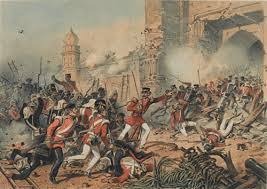
Key Events and Centers of the Revolt:
The rebellion began in Meerut on May 10, 1857, when sepoys mutinied and marched to Delhi, where they proclaimed the aged Mughal Emperor Bahadur Shah Zafar as their leader. The revolt quickly spread to other parts of North India, particularly:
- Delhi: Became the symbolic center of the rebellion. Mughal Emperor Bahadur Shah Zafar became a figurehead, and the city witnessed intense fighting.
- Lucknow: The rebellion in Lucknow was led by Begum Hazrat Mahal, the wife of the exiled Nawab of Awadh. The British residency in Lucknow was besieged for months.
- Kanpur: Nana Sahib, the adopted son of the former Peshwa Baji Rao II, led the rebellion in Kanpur. The British garrison at Kanpur was besieged and eventually massacred.
- Jhansi: Rani Lakshmibai of Jhansi became one of the most iconic figures of the rebellion. She bravely fought against the British after her kingdom was annexed under the doctrine of lapse.
Other significant centers included Gwalior, Bareilly, and parts of Bihar and Rajasthan.
Major Leaders of the Rebellion:
- Rani Lakshmibai: The courageous queen of Jhansi, known for her bravery and military skills, became a symbol of resistance.
- Mangal Pandey: A sepoy of the East India Company who initiated the revolt by protesting against the greased cartridges at Barrackpore.
- Bahadur Shah Zafar: The aged Mughal Emperor, proclaimed as the symbolic leader of the rebellion in Delhi.
- Tantia Tope: A brilliant general who was a key leader in the Kanpur and Gwalior regions, supporting Nana Sahib and Rani Lakshmibai.
- Nana Sahib: Leader of the rebellion in Kanpur.
- Begum Hazrat Mahal: Led the rebellion in Lucknow.
British Response and Suppression:
The British initially faced setbacks and were caught off guard by the scale and intensity of the rebellion. However, they gradually mobilized their forces and brutally suppressed the revolt.
- Military Reinforcements: The British rushed troops from Britain and other parts of India to quell the rebellion.
- Recapture of Delhi: After months of fighting, British forces recaptured Delhi in September 1857, marking a turning point in the rebellion.
- Brutal Suppression: The British response was characterized by brutal reprisals and widespread violence against both rebels and civilians. Many cities were destroyed, and large numbers of people were killed. Key rebel leaders were captured and executed or died fighting.
- End of the Rebellion: By 1858, the rebellion was largely suppressed, though pockets of resistance continued in some areas.
Reasons for the Failure of the Rebellion:
Despite its initial momentum and widespread support, the Rebellion of 1857 ultimately failed due to several factors:
- Lack of Unified Leadership: The rebellion lacked a central, unified leadership and a clear overarching plan. Rebel leaders often acted independently in their respective regions.
- Disunity and Divided Aims: Different groups joined the rebellion for different reasons, and there was a lack of unity of purpose and strategy among them.
- Superior British Military Power: The British ultimately possessed superior military organization, resources, and technology. Their control of communication and transportation networks also gave them an advantage.
- Lack of Support from all Sections: Not all sections of Indian society joined the rebellion. Many Indian rulers and elites remained loyal to the British, and some actively helped suppress the revolt. Southern India largely remained unaffected.
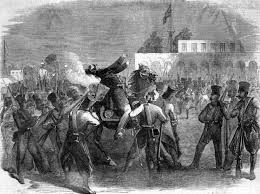
Lasting Impact and Aftermath:
The Indian Rebellion of 1857 had profound and lasting consequences:
- End of East India Company Rule: The rebellion led to the end of the rule of the British East India Company in India. The British government took over direct administration of India.
- Direct British Crown Rule: India came under the direct rule of the British Crown, with a Viceroy appointed to govern the country.
- Administrative Reforms: The British administration in India underwent significant reforms. The army was reorganized, Indian representation in administration was increased (though still limited), and efforts were made to improve governance (from a British perspective).
- Increased Racial Segregation: The rebellion deepened racial segregation and distrust between the British and Indians. British attitudes hardened, and racial discrimination became more pronounced.
- Rise of Indian Nationalism: Paradoxically, the Rebellion of 1857, though suppressed, became a major source of inspiration for the nascent Indian nationalist movement. It fostered a sense of unity against British rule and became a symbol of resistance for future generations of nationalists.
The Indian Rebellion of 1857 remains a complex and significant event in Indian history, marking a turning point in the relationship between India and British rule and playing a vital role in shaping the course of Indian nationalism.


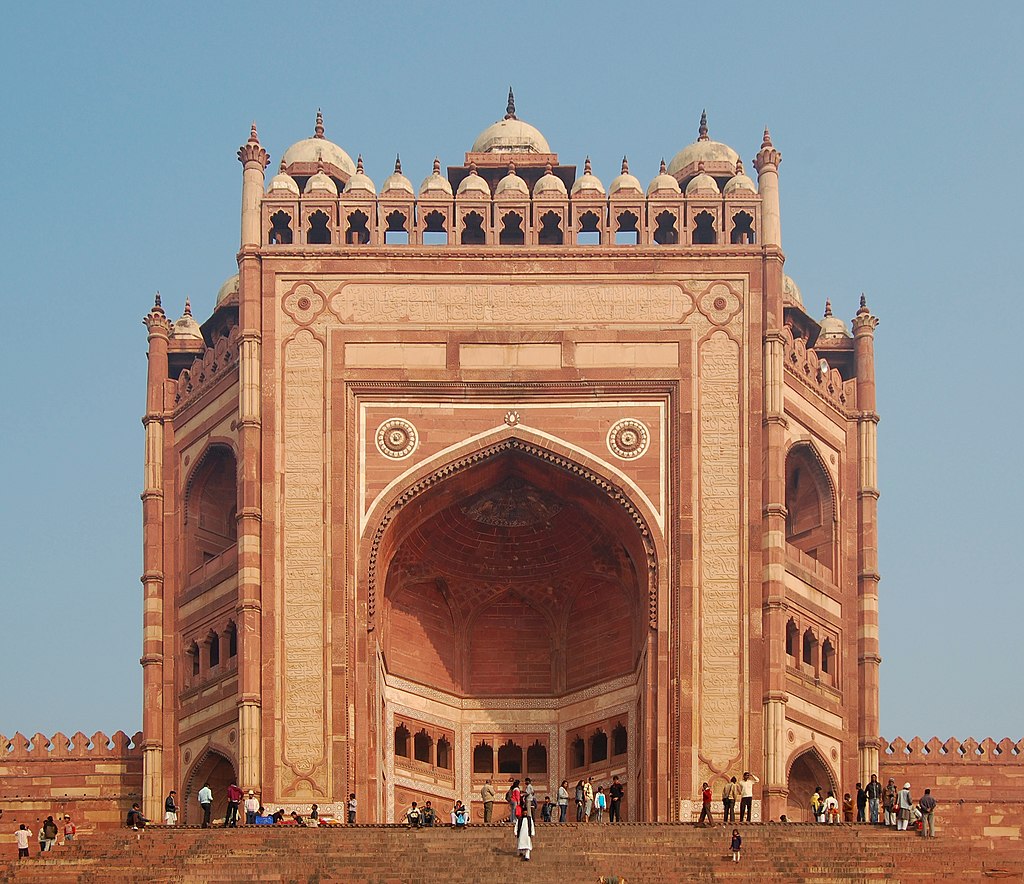
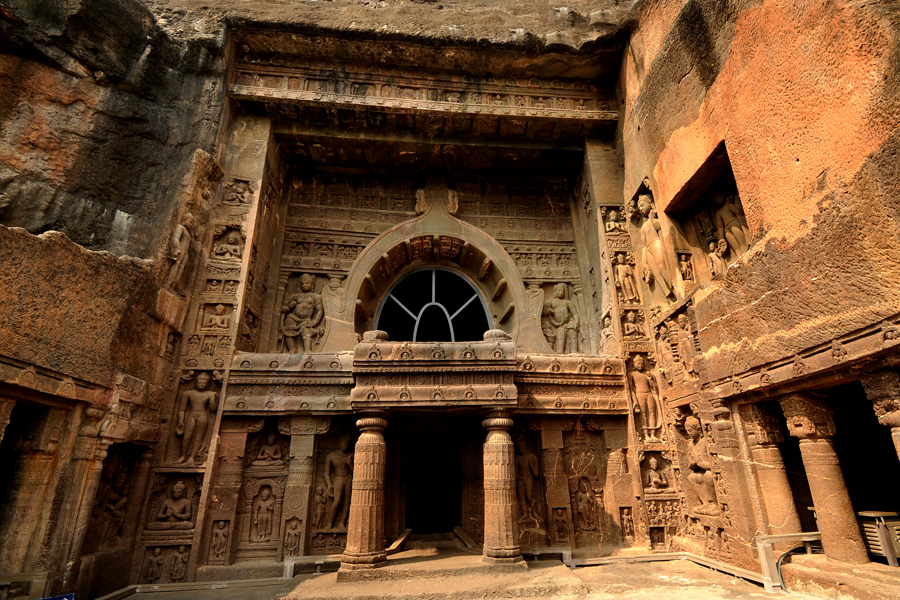
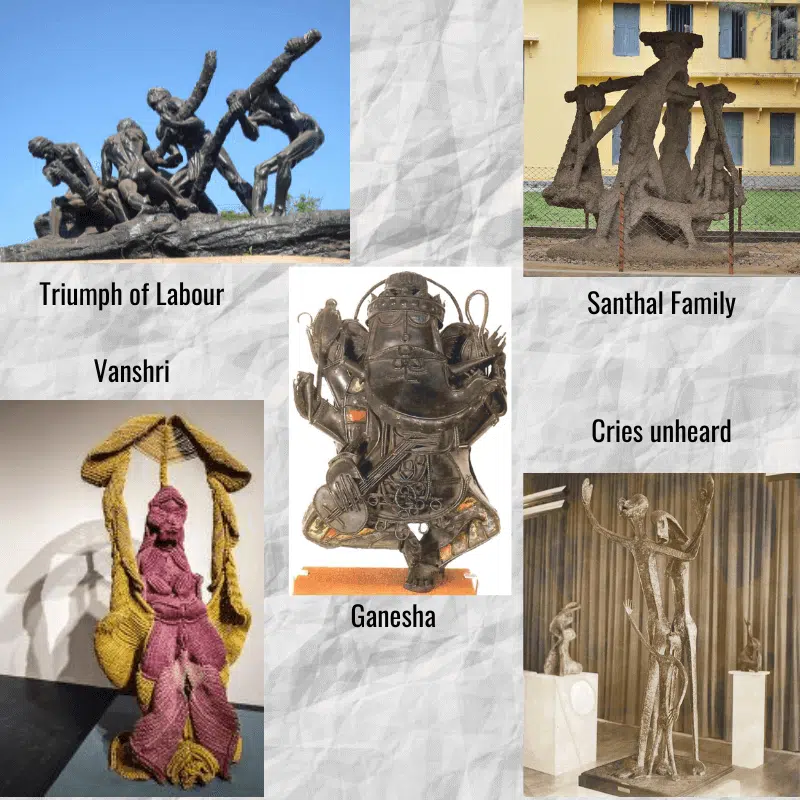

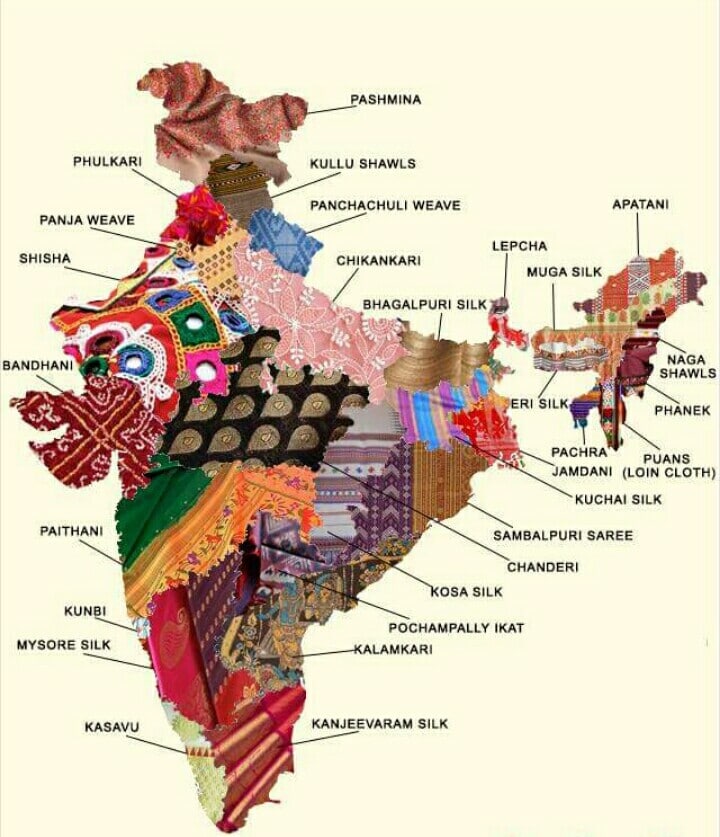

Leave feedback about this